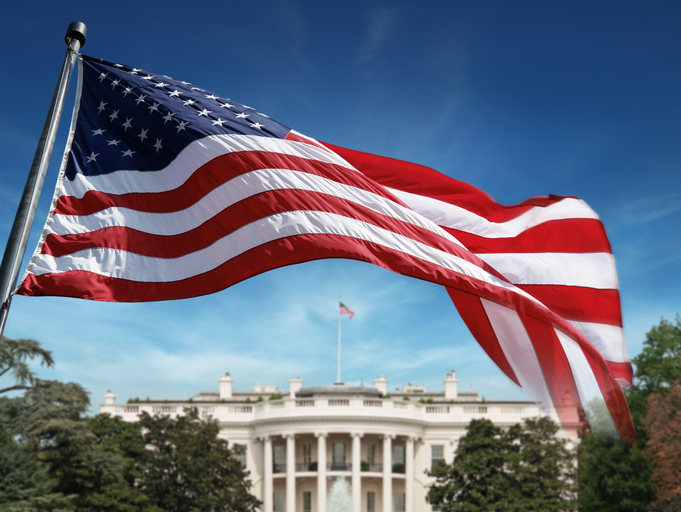Dollar soars as Trump launches trade war
( 3 min read )
- Go back to blog home
- Latest
The US dollar rallied during almost the entirety of last week as all signs suggested that the imposition of tariffs from the Trump administration was imminent.
Ordinarily, the key moments for markets this week would have been flash inflation out of the Eurozone (Monday), the Bank of England meeting on Thursday, and the payrolls release out of the US (Friday). However, Trump’s trade war, including announcements of further tariffs (levies on EU products are expected to follow shortly) and any hints at the conditions Trump will demand for easing the pressure will swamp all ordinary macroeconomic reports. Even after the recent sell off, most currencies still trade at levels that imply markets are expecting draconian tariff levels to be short lived. We hope they are right.

GBP
The UK seems to be relatively low on the list of the Republican’s targets for tariffs, which means that sterling is performing better than other European currencies. Trump said over the weekend that the UK was ‘out of line’ with regards to its trade policies, although he also hinted that a deal could be reached that avoided the imposition of tariffs. Britain actually runs a decent trade surplus with the US, which could be used to sidestep import duties. The onus will be on Keir Starmer’s government to strike a deal, yet he will be in Brussels this week looking to ‘reset’ the UK’s relationship with the EU – not exactly great timing.
The Bank of England is expected to cut rates by 25 basis points on Thursday, as it prioritises weak growth over still high inflation. We do not expect a unanimous decision, but it is possible that MPC votes and communications will reflect the increased gloom brought about by Trump’s trade war, opening the way for further cuts beyond those already priced in.
EUR
The January meeting of the European Central Bank adhered to the script very closely. The bank cut rates by 25bps and hinted that policymakers are comfortable with market expectations of another rate reduction in March. January Inflation data on Monday should bring further comfort to the Governing Council, with the core index expected to fall to 2.6% and inch closer to the 2% target.
Nevertheless, Trump’s trade war means that headlines on tariffs will be a far more important factor in how the euro trades than macroeconomic reports. Indeed, we’ve already seen a downward repricing in Euro Area rates in response to the news over the weekend, as investors brace for weaker European growth and, therefore, a more dovish ECB.
USD
A most anodyne Federal Reserve meeting last week was completely overshadowed by the escalation of rhetoric leading to the imposition of tariffs over the weekend. The dollar has rallied hard as a result, and is trading higher against almost every currency worldwide in the past week, with very few exceptions. Unlike in Europe, the biggest economic impact of the tariffs to the US looks likely to be higher inflation and, consequently, a more hawkish FOMC. As things stand, futures are now not fully pricing in the next Fed cut until September, with a second cut only assigned around a 50/50 chance.
The macroeconomic focus this week is on labour market data, including the JOLTS report on Wednesday and the payrolls report for January on Friday. Markets expect further evidence that suggests the economy is humming along nicely. Yet, as elsewhere, tariff headlines will probably overwhelm any response to the actual data.

